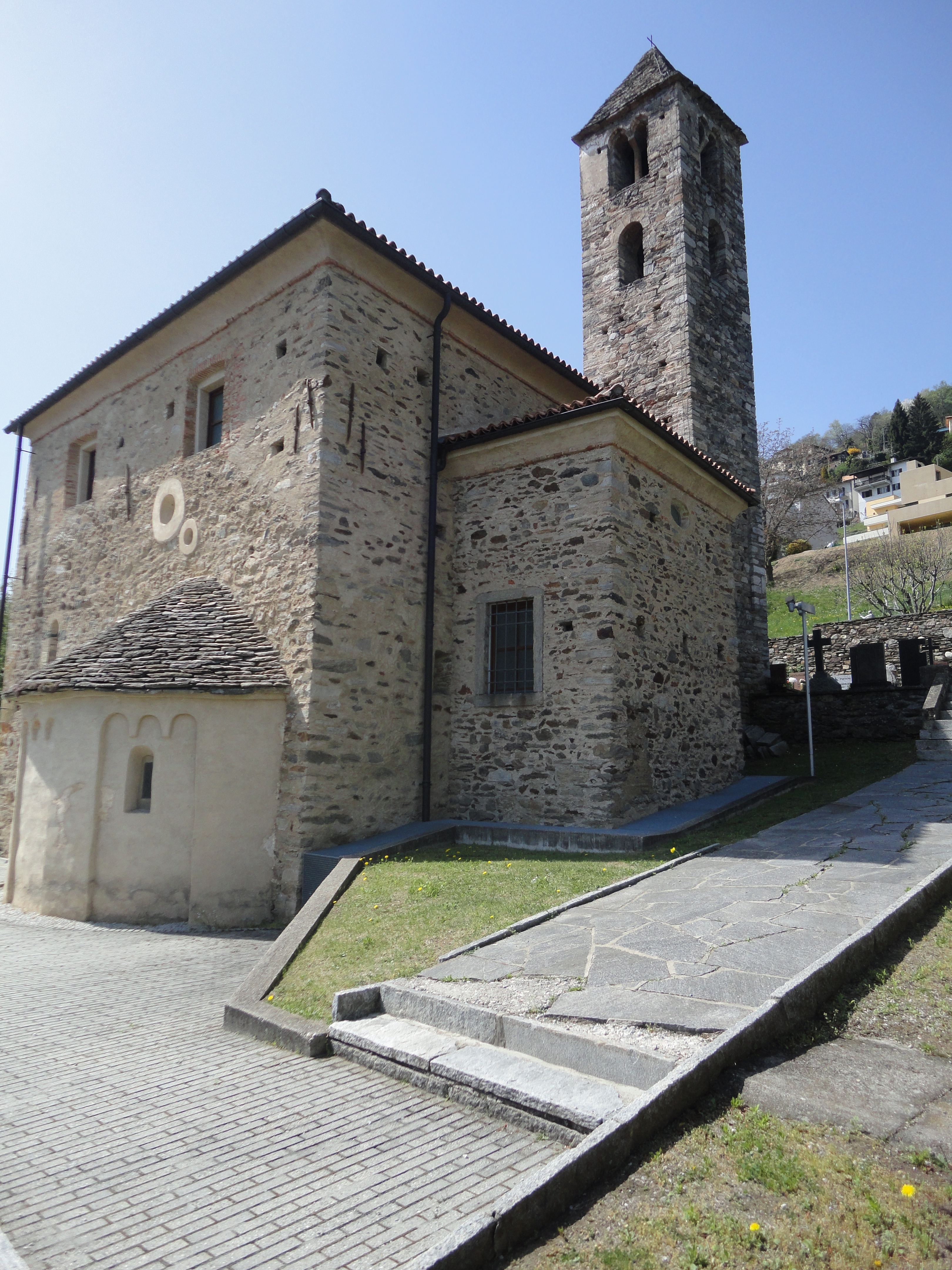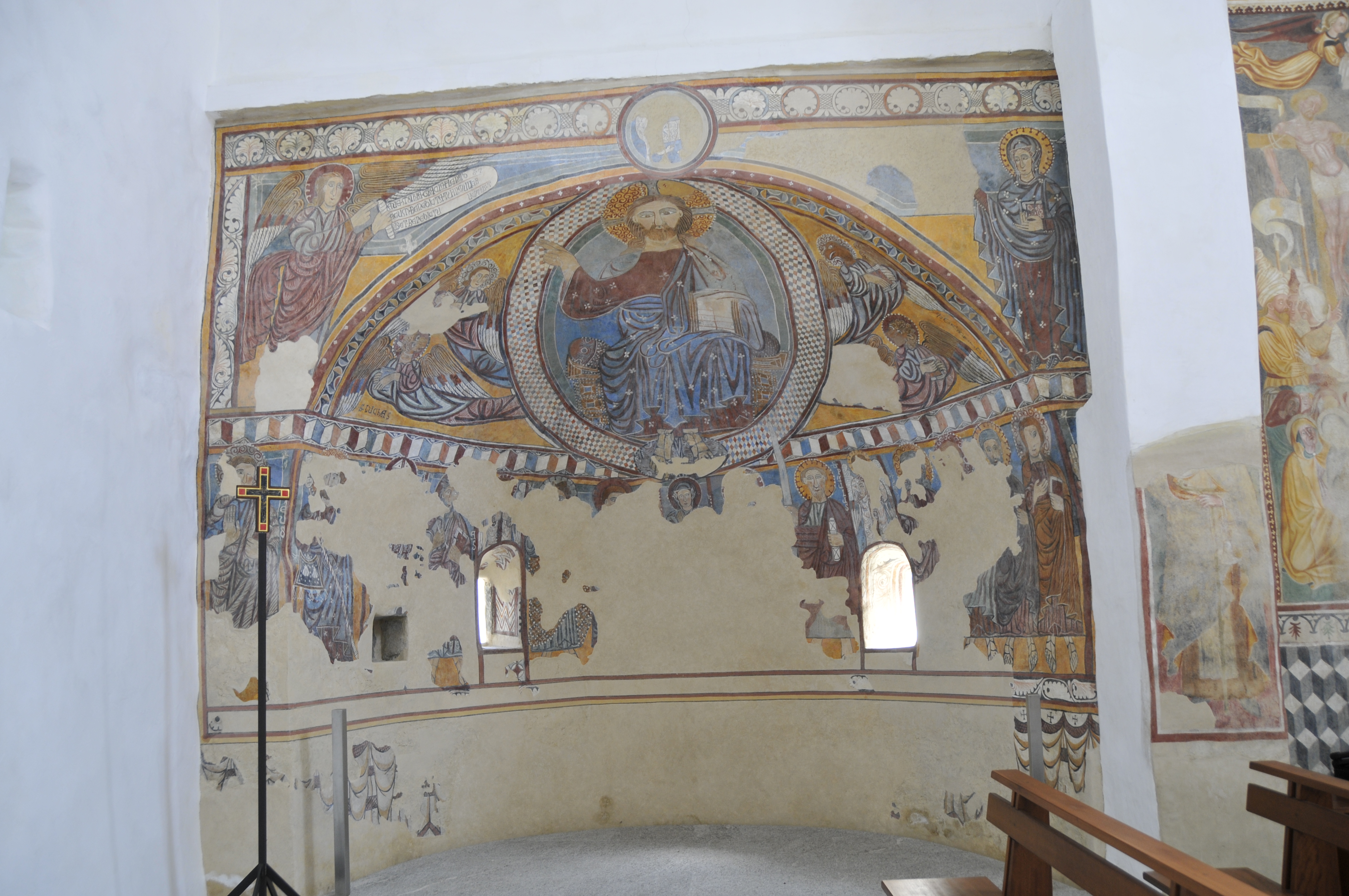|
Cademario
Cademario is a municipality located in the district of Lugano in the Swiss canton of Ticino. Bordering municipalities are Aranno, Bioggio and Iseo, in the Alto Malcantone area. History Cademario is first mentioned in 1163 as ''Cademerio''. In 1335 it was mentioned as ''Cadelmario Superiore'' to distinguish it from ''Cadelmario Inferiore'', which is now ''Bosco Luganese''. The oldest trace of a settlement in the area was an Iron Age cemetery which was discovered at La Forcora. By 1000 the Bishop of Como owned property and rights in the village. Later, some of these rights were transferred to the Benedictine Abbey of S. Abbondio in Como. Originally, the municipality was much larger. It included the villages of Bosco Luganese (now part of Bioggio), which separated in 1783, Bioggio and perhaps Gaggio. The old parish church was built in the Early Middle Ages at a site below the village. Over the centuries the church was rebuilt numerous times. It was enlarged and rebuilt, ne ... [...More Info...] [...Related Items...] OR: [Wikipedia] [Google] [Baidu] |
Cademario SAmbrogio 20100616 33
Cademario is a municipality located in the district of Lugano in the Swiss canton of Ticino. Bordering municipalities are Aranno, Bioggio and Iseo, in the Alto Malcantone area. History Cademario is first mentioned in 1163 as ''Cademerio''. In 1335 it was mentioned as ''Cadelmario Superiore'' to distinguish it from ''Cadelmario Inferiore'', which is now ''Bosco Luganese''. The oldest trace of a settlement in the area was an Iron Age cemetery which was discovered at La Forcora. By 1000 the Bishop of Como owned property and rights in the village. Later, some of these rights were transferred to the Benedictine Abbey of S. Abbondio in Como. Originally, the municipality was much larger. It included the villages of Bosco Luganese (now part of Bioggio), which separated in 1783, Bioggio and perhaps Gaggio. The old parish church was built in the Early Middle Ages at a site below the village. Over the centuries the church was rebuilt numerous times. It was enlarged and rebuilt, ne ... [...More Info...] [...Related Items...] OR: [Wikipedia] [Google] [Baidu] |
Lugano (district)
The Lugano District ( it, Distretto di Lugano also called Luganese) is a district of Canton of Ticino, southern Switzerland. The capital is the city of Lugano. It has a population of (as of ). Geography The Lugano District has an area, , of . Of this area, or 15.7% is used for agricultural purposes, while or 66.5% is forested. Of the rest of the land, or 15.3% is settled (buildings or roads), or 0.7% is either rivers or lakes and or 4.6% is unproductive land. Of the built-up area, housing and buildings made up 9.1% and transportation infrastructure made up 3.6%. Out of the forested land, 59.6% of the total land area is heavily forested and 3.7% is covered with orchards or small clusters of trees. Of the agricultural land, 5.7% is used for growing crops and 9.1% is used for alpine pastures. Of the water in the district, 0.2% is in lakes and 0.5% is in rivers and streams. Of the unproductive areas, 4.2% is unproductive vegetation. Demographics The Lugano District has a ... [...More Info...] [...Related Items...] OR: [Wikipedia] [Google] [Baidu] |
Alto Malcantone
Alto Malcantone is a municipality in the district of Lugano in the canton of Ticino in Switzerland. It was formed on 13 March 2005 from the earlier municipalities of Arosio, Breno, Fescoggia, Mugena and Vezio.Amtliches Gemeindeverzeichnis der Schweiz published by the Swiss Federal Statistical Office accessed 14 January 2010 History Arosio is first mentioned in 1335 as ''Aroxio''. Breno is first mentioned in 1140 as ''Breno''. Fescoggia is first mentioned in 1296 as ''Fescozia''. Mugena is first mentioned in 1214 as ''Megiadina''. In 1270 it was mentioned as ''Migena''. Vezio is first mentioned in 1355 as ''Vecio''.[...More Info...] [...Related Items...] OR: [Wikipedia] [Google] [Baidu] |
Aranno
Aranno is a municipality in the district of Lugano in the canton of Ticino in southern Switzerland. Bordering municipalities are Cademario, Iseo, Alto Malcantone, Miglieglia and Novaggio. In Aranno you can find the "Maglio", the last power hammer of Switzerland. It stopped its activities in 1952. History Aranno is first mentioned in 1335 as ''Arano''. Cemented into the facade of the Casa Pelli, there are four copies of grave stone fragments (discovered in 1842, originals in the Museo del Malcantone in Curio) with inscriptions in the so-called Alphabet of Lugano. One unconfirmed source states that the parish church of San Vittore was built in the 17th Century on the ruins of an ancient castle. The church was rebuilt in 1815 to its present appearance. Inside the church there are many artistic works from the Malcantone valley. The local economy was based on agriculture and emigration to other countries for jobs. Further up the valley, there are numerous terraces that support ... [...More Info...] [...Related Items...] OR: [Wikipedia] [Google] [Baidu] |
Bioggio
Bioggio is a municipality in the district of Lugano, in the canton of Ticino in Switzerland. The municipality was created in 2004 with the union of old town of Bioggio with Bosco Luganese and Cimo. In 2008, Iseo chose to be part of the municipality and be aggregated with the other old municipalities. History Bioggio is first mentioned in 1335 as ''Biegio''. Finds from the Roman era bear witness to the former importance of Bioggio. In 1962 a farm house from the 3rd Century was discovered, and in 1992 a market building with baths was discovered. Equally important are the recent discoveries made in the restoration of the chapel of S. Ilario, where the remains of a wooden religious building from the 8th Century were found. In the Middle Ages noble families from Comacina and Lugano owned extensive property in Bioggio. The old mansions of the counts of Riva and Rusca, and a country estate for the Avogadro family from Como. The church had extensive holdings as well. In the 13t ... [...More Info...] [...Related Items...] OR: [Wikipedia] [Google] [Baidu] |
Iseo, Switzerland
Iseo was a municipality in the district of Lugano in the canton of Ticino in Switzerland. It was incorporated into the ''comune'' of Bioggio Bioggio is a municipality in the district of Lugano, in the canton of Ticino in Switzerland. The municipality was created in 2004 with the union of old town of Bioggio with Bosco Luganese and Cimo. In 2008, Iseo chose to be part of the municipal ... in 2008. References Former municipalities of Ticino {{Ticino-geo-stub ... [...More Info...] [...Related Items...] OR: [Wikipedia] [Google] [Baidu] |
Vineyards
A vineyard (; also ) is a plantation of grape-bearing vines, grown mainly for winemaking, but also raisins, table grapes and non-alcoholic grape juice. The science, practice and study of vineyard production is known as viticulture. Vineyards are often characterised by their ''terroir'', a French term loosely translating as "a sense of place" that refers to the specific geographical and geological characteristics of grapevine plantations, which may be imparted to the wine itself. History The earliest evidence of wine production dates from between 6000 and 5000 BC. Wine making technology improved considerably with the ancient Greeks but it wasn't until the end of the Roman Empire that cultivation techniques as we know them were common throughout Europe. In medieval Europe the Church was a staunch supporter of wine, which was necessary for the celebration of the Mass. During the lengthy instability of the Middle Ages, the monasteries maintained and developed viticultural prac ... [...More Info...] [...Related Items...] OR: [Wikipedia] [Google] [Baidu] |
Coat Of Arms
A coat of arms is a heraldry, heraldic communication design, visual design on an escutcheon (heraldry), escutcheon (i.e., shield), surcoat, or tabard (the latter two being outer garments). The coat of arms on an escutcheon forms the central element of the full achievement (heraldry), heraldic achievement, which in its whole consists of a shield, supporters, a crest (heraldry), crest, and a motto. A coat of arms is traditionally unique to an individual person, family, state, organization, school or corporation. The term itself of 'coat of arms' describing in modern times just the heraldic design, originates from the description of the entire medieval chainmail 'surcoat' garment used in combat or preparation for the latter. Roll of arms, Rolls of arms are collections of many coats of arms, and since the early Modern Age centuries, they have been a source of information for public showing and tracing the membership of a nobility, noble family, and therefore its genealogy across tim ... [...More Info...] [...Related Items...] OR: [Wikipedia] [Google] [Baidu] |
Saint Ambrose
Ambrose of Milan ( la, Aurelius Ambrosius; ), venerated as Saint Ambrose, ; lmo, Sant Ambroeus . was a theologian and statesman who served as Bishop of Milan from 374 to 397. He expressed himself prominently as a public figure, fiercely promoting the Christian faith against Arianism and paganism. He left a substantial collection of writings, of which the best known include the ethical commentary ''De officiis ministrorum'' (377–391), and the exegetical (386–390). His preachings, his actions and his literary works, in addition to his innovative musical hymnography, made him one of the most influential ecclesiastical figures of the 4th century. Ambrose was serving as the Roman governor of Aemilia-Liguria in Milan when he was unexpectedly made Bishop of Milan in 374 by popular acclamation. As bishop, he took a firm position against Arianism and attempted to mediate the conflict between the emperors Theodosius I and Magnus Maximus. Tradition credits Ambrose with developin ... [...More Info...] [...Related Items...] OR: [Wikipedia] [Google] [Baidu] |





